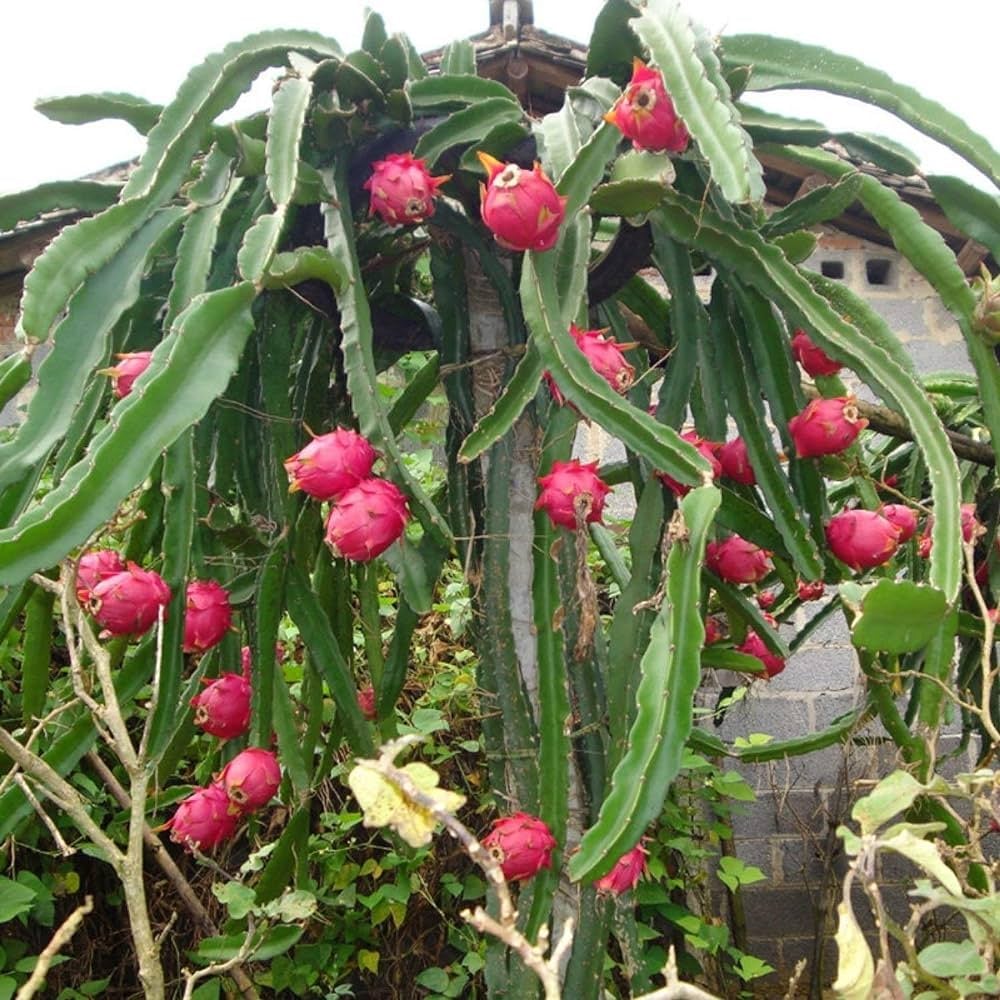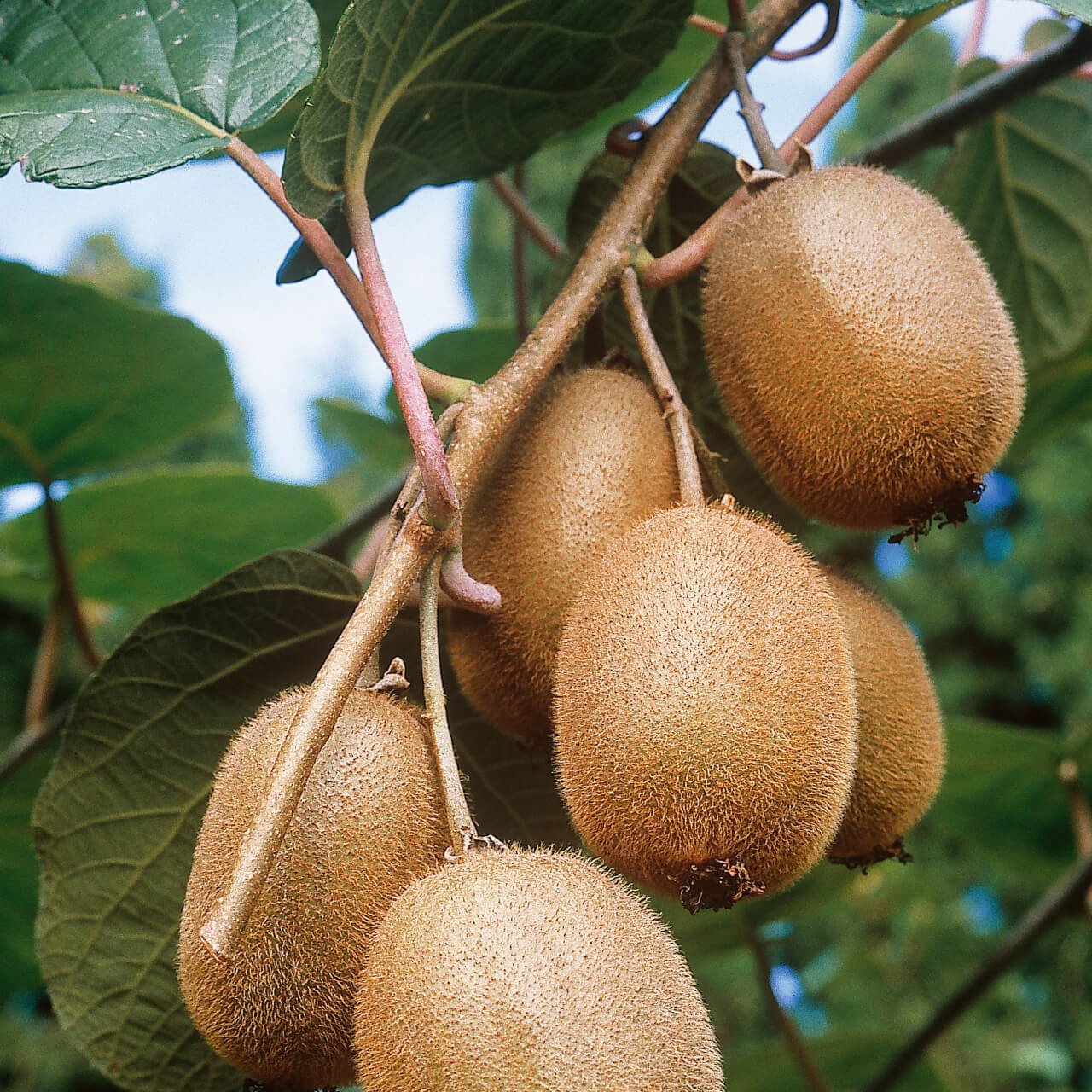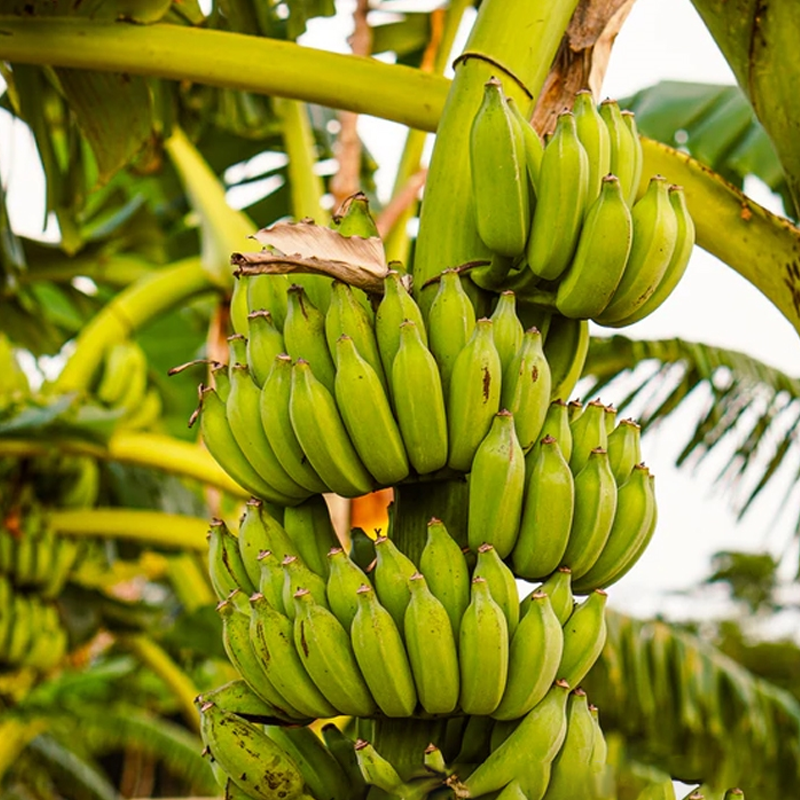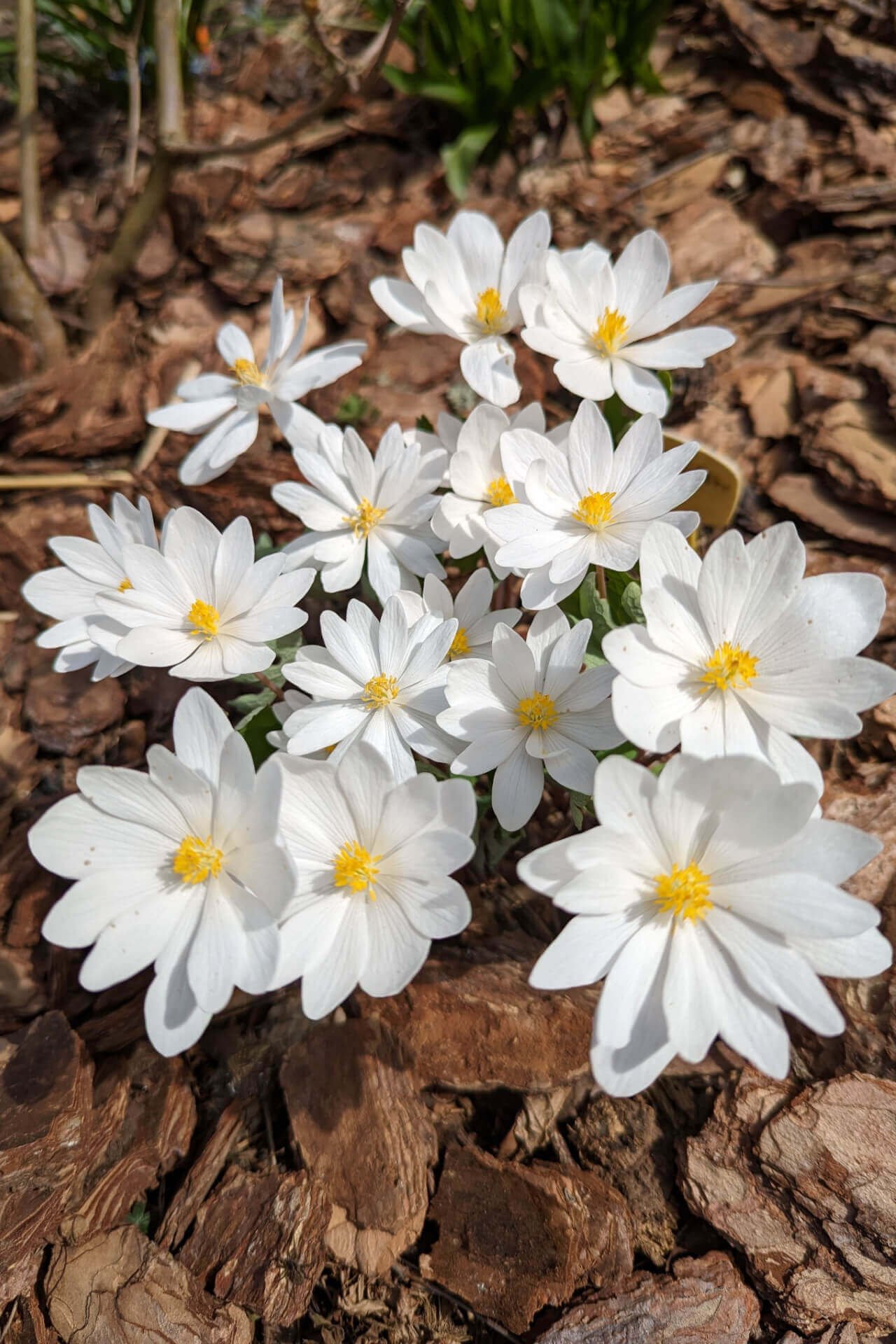
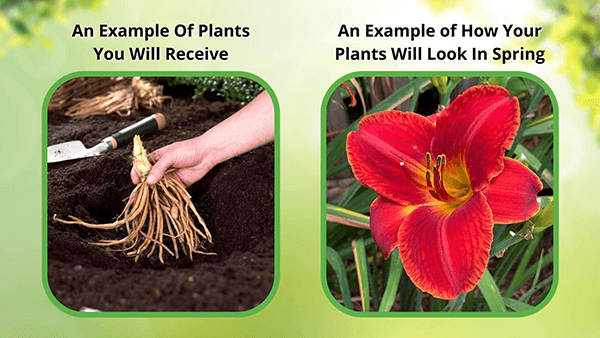
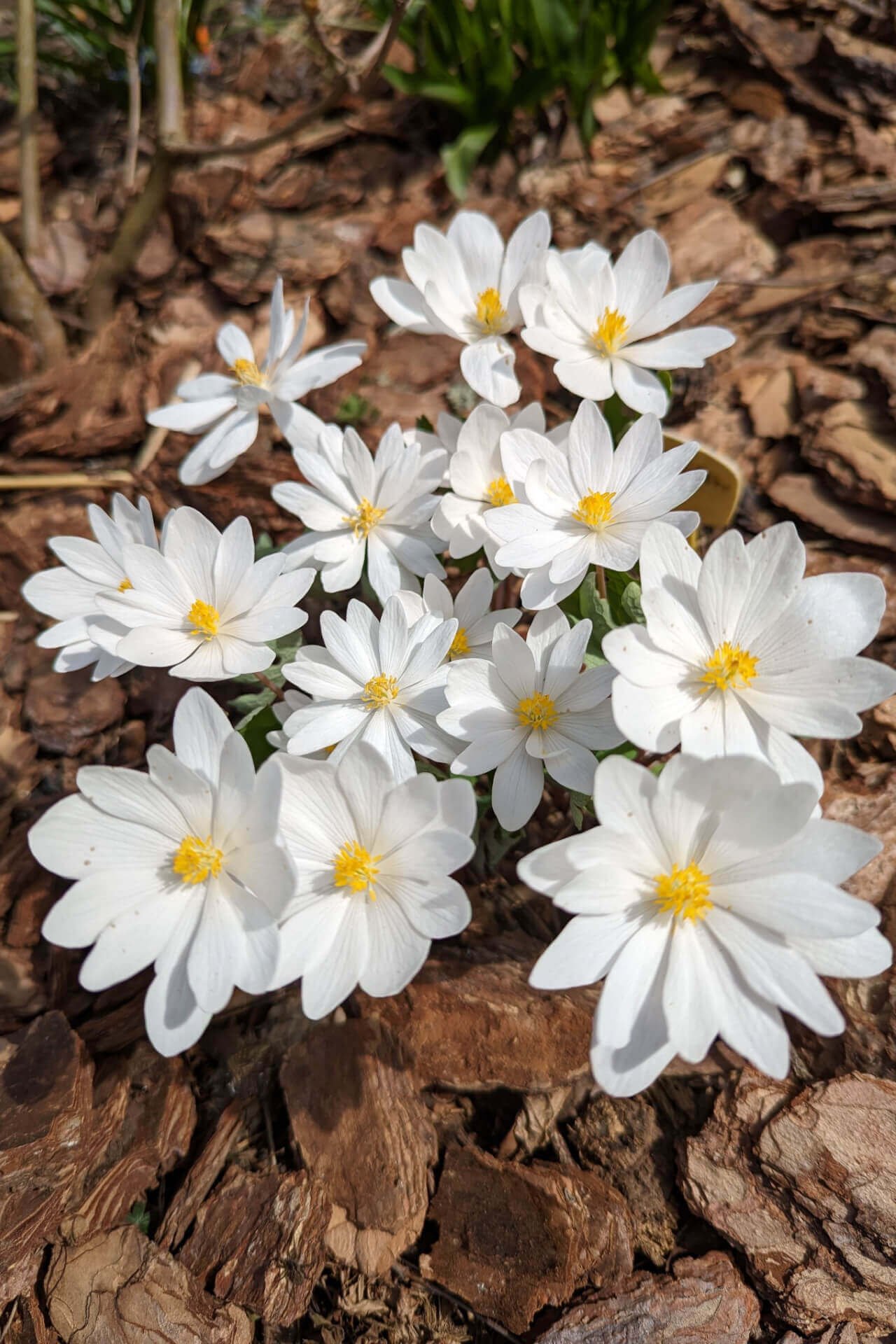

Bloodroot
Attracts beneficial pollinators
Requires minimal maintenance
Thrives in shaded areas
Thrives in
ZONE 3ZONE 4ZONE 5ZONE 6ZONE 7ZONE 8This plant ships:
Ships Week of May 12th1 Year Guarantee on all plants
Bloodroot — Sanguinaria canadensis
Bloodroot (Sanguinaria canadensis) is a woodland spring ephemeral and herbaceous perennial. Charming white, yellow‑centered flowers appear on short stems, bringing an early splash of brightness to shaded gardens.
Plant Details
Family: Papaveraceae
Light Requirement: Shade
Water Needs: Moist
Height: 10 in
Spread: 4 in
Growth Rate: Slow
Bloom Time: Spring
Flower Color: White
Wildlife Value: Attracts bees
Notable Aspects
Native to the eastern United States, Bloodroot is ideal for brightening shaded corners with its pure white blooms and soft green foliage. As an understory plant, it thrives in full shade or dappled light; avoid full sun, as flowers remain closed on overcast or excessively bright days.
Landscape Uses and Maintenance
Group several plants together for greater visual impact—perfect for woodland, native, rock, or even formal gardens. Once established, Bloodroot is low‑maintenance, preferring moist, well‑drained soil enriched with humus, compost, or leaf mold to mimic its natural forest‑floor habitat. Plant alongside other spring ephemerals such as Virginia bluebells and trilliums for a recurring seasonal display.
The plant propagates reliably from seed and also spreads via rhizomes; dividing rhizomes can expand your colony. Deer and most other herbivores avoid Bloodroot.
Noteworthy Traits: As a spring ephemeral, this plant's delicate flowers bloom briefly, then disappear, leaving distinctive leaves that unfurl from tightly‑curled sheaths. The plant attracts various bees and beetles, adding ecological value to shaded garden spaces.
This Is How Your Plants Will Look upon Delivery
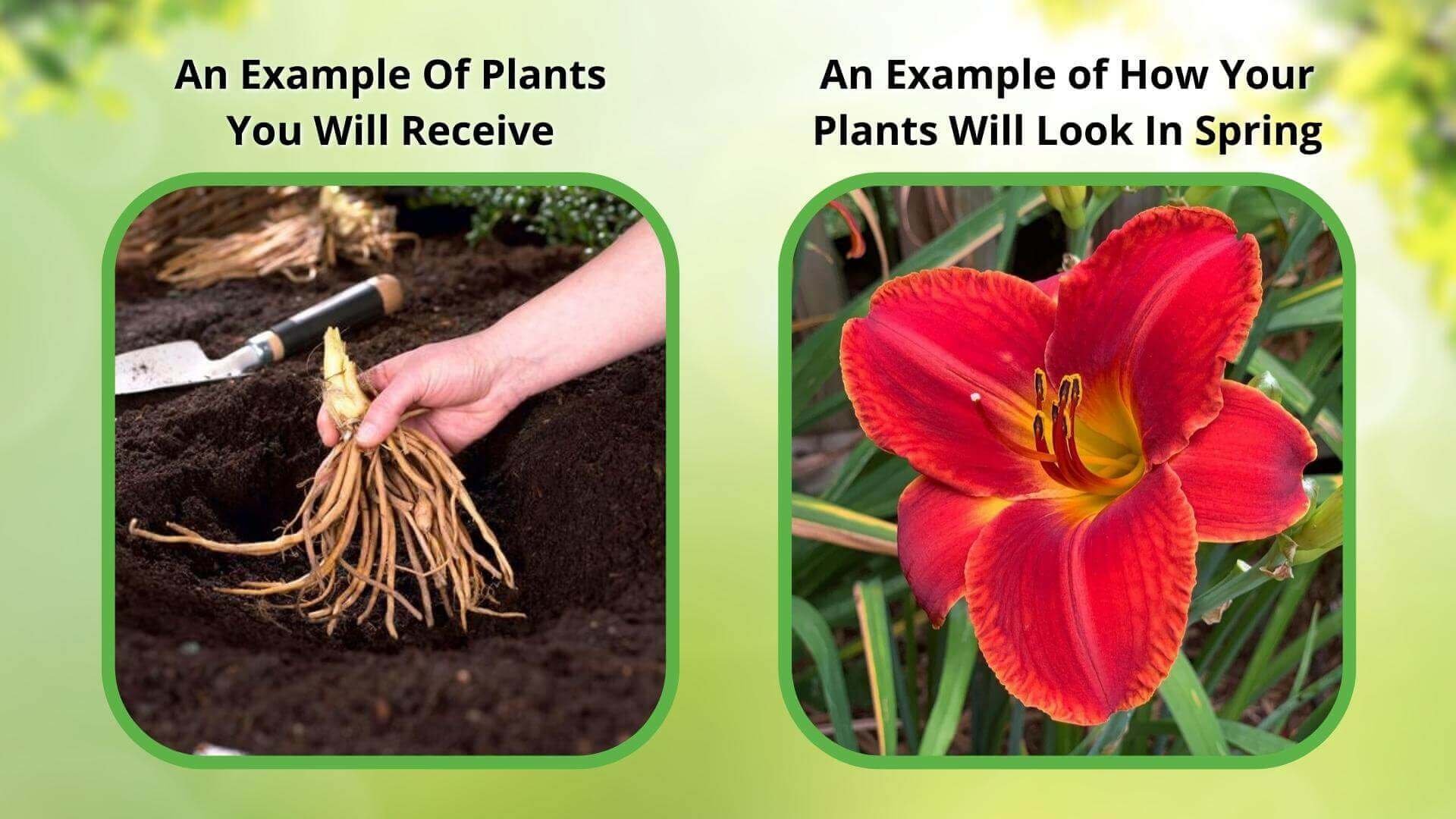
Bloom Season
Spring
Bloom/Foliage Color
White
Height at Maturity
Under 12"
Care
Bloodroot plants prefer well-drained, moist soil rich in organic matter. Keep the soil moist, but avoid waterlogging mulch around the base to retain moisture and maintain a calm root environment. Divide the rhizomes in early spring to propagate.
Plant Reproduction
Bloodroot plant spreads by seed and rhizome.
Shipping date depends on the date displayed and chosen when you order from the product's page.
We only accept returns on plants verified dead. If you think your plants have died, we offer a 1 year warranty, please use this File a Claim Link to verify dead plants and start with return warranty process.





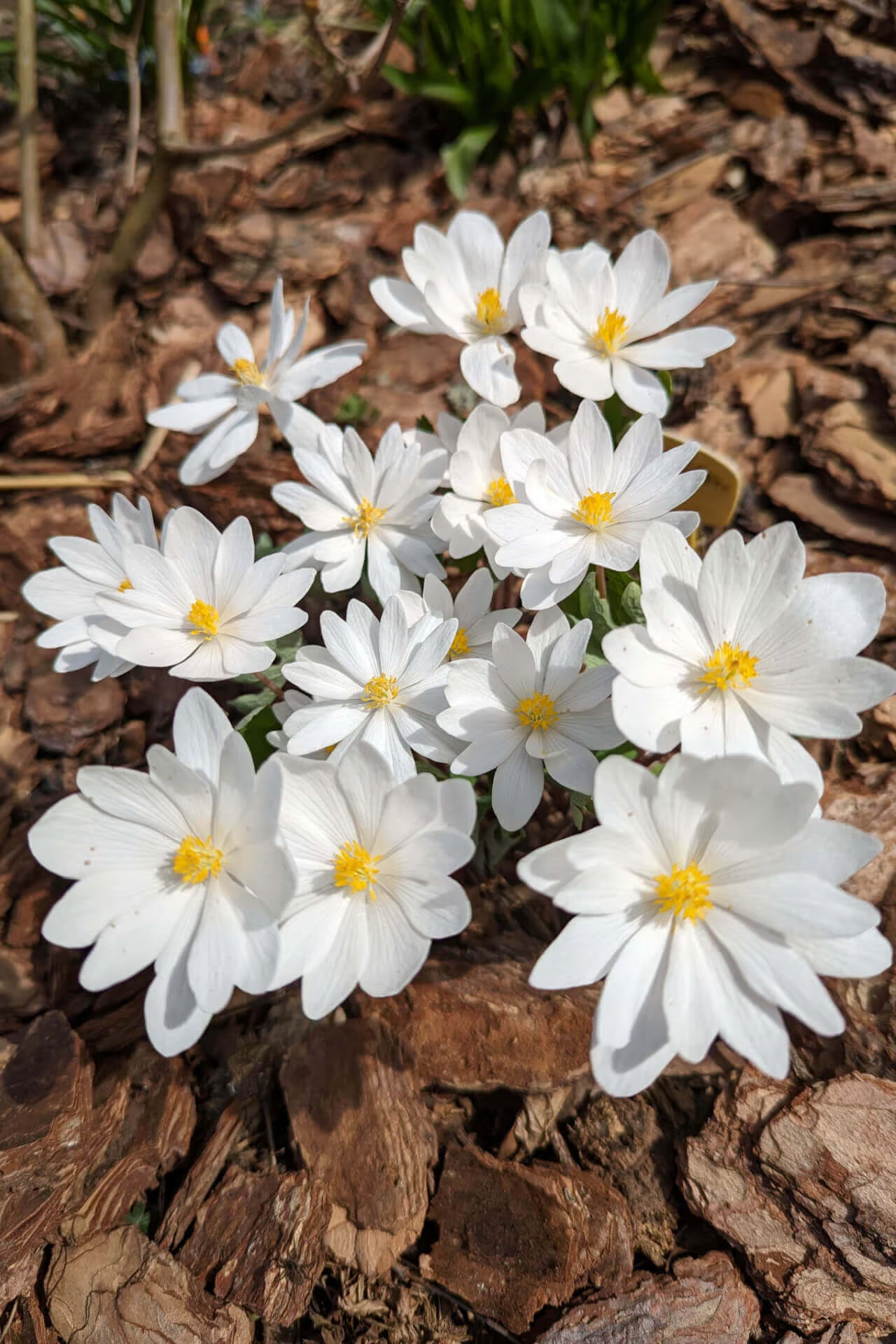
Unique Flowering:
The plant features striking white flowers with bold yellow centers, creating a distinctive and elegant appearance in your garden. Its unique look adds charm and sophistication to any landscape.
Distinctive Size and Shape:
Bloodroot features large, round leaves that typically span one to two feet, while the flower stalk grows six to ten inches taller than the foliage. This unique growth pattern adds visual interest and structure to your garden.
Historical Interest:
Bloodroot has a rich history of medicinal use, adding a layer of botanical and historical interest to your garden. It’s a plant with both beauty and significance.
Pollinator Attraction:
The plant’s early blooms attract bees, butterflies, beetles and other beneficial insects, supporting a healthy garden ecosystem and promoting local biodiversity.
Caring Tips
How do I care for my Bloodroot?
Each box contains detailed care instructions and information about your product. But here's the basics.
Care Tips
Bloodroot plants prefer well-drained, moist soil rich in organic matter. Keep the soil moist, but avoid waterlogging mulch around the base to retain moisture and maintain a calm root environment. Divide the rhizomes in early spring to propagate.
Light Requirements
Bloodroot plants thrive in partial to full shade, preferring dappled sunlight. They are well-suited for woodland settings where they receive indirect light. Avoid total sun exposure, as it can cause the delicate foliage to scorch.
Hardy Planting Zones
3 • 4 • 5 • 6 • 7 • 8
Header
Use this content to share information about your store and products.
Frequently Asked Questions
How often should I water my plants?
How do I know if my plant is getting too much or too little sunlight?
What should I do to prepare my plants for winter?
What are the signs that my plant needs fertilizing?
How can I prevent pests from damaging my plants?
How do I choose the right plant for my climate zone?



